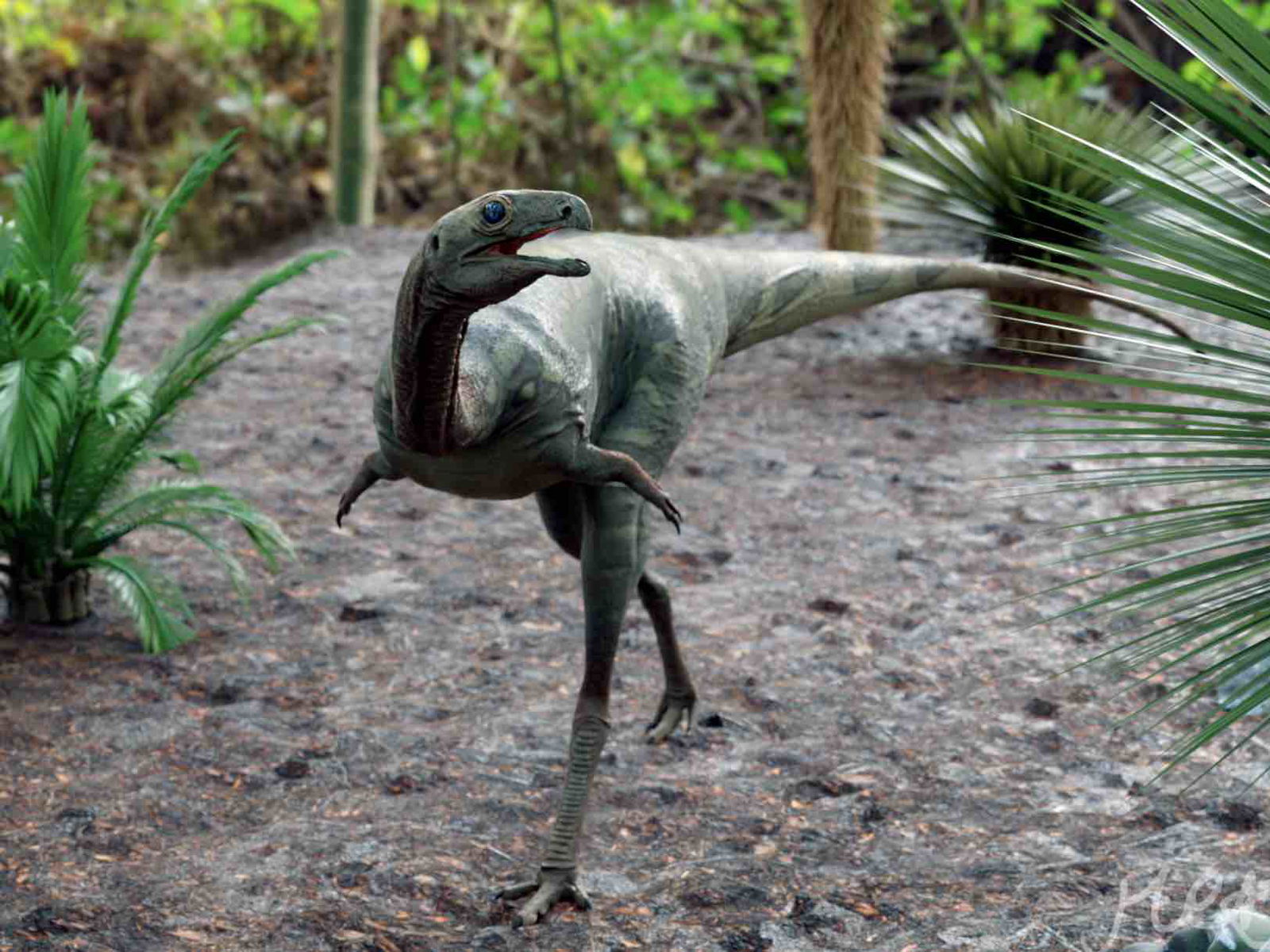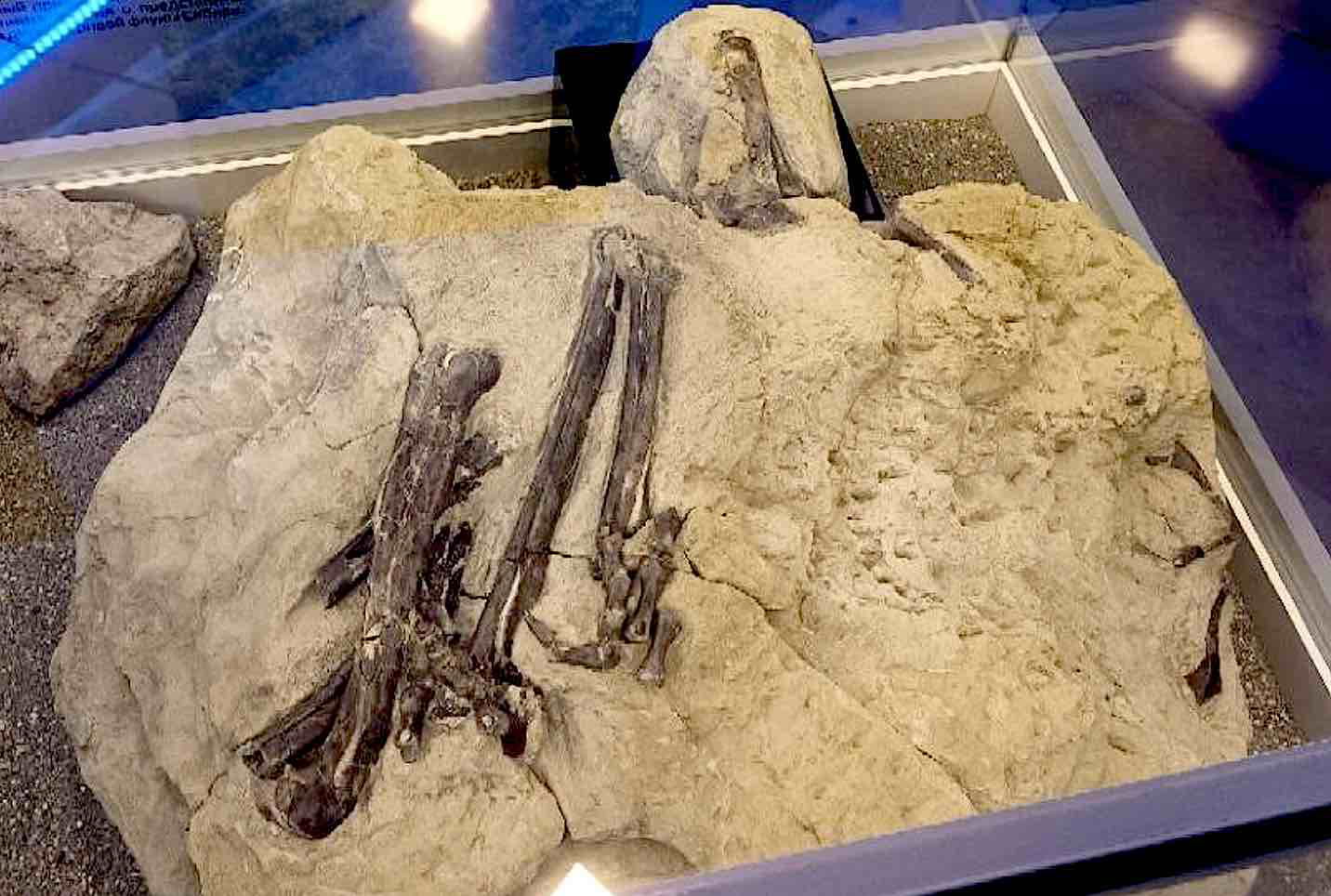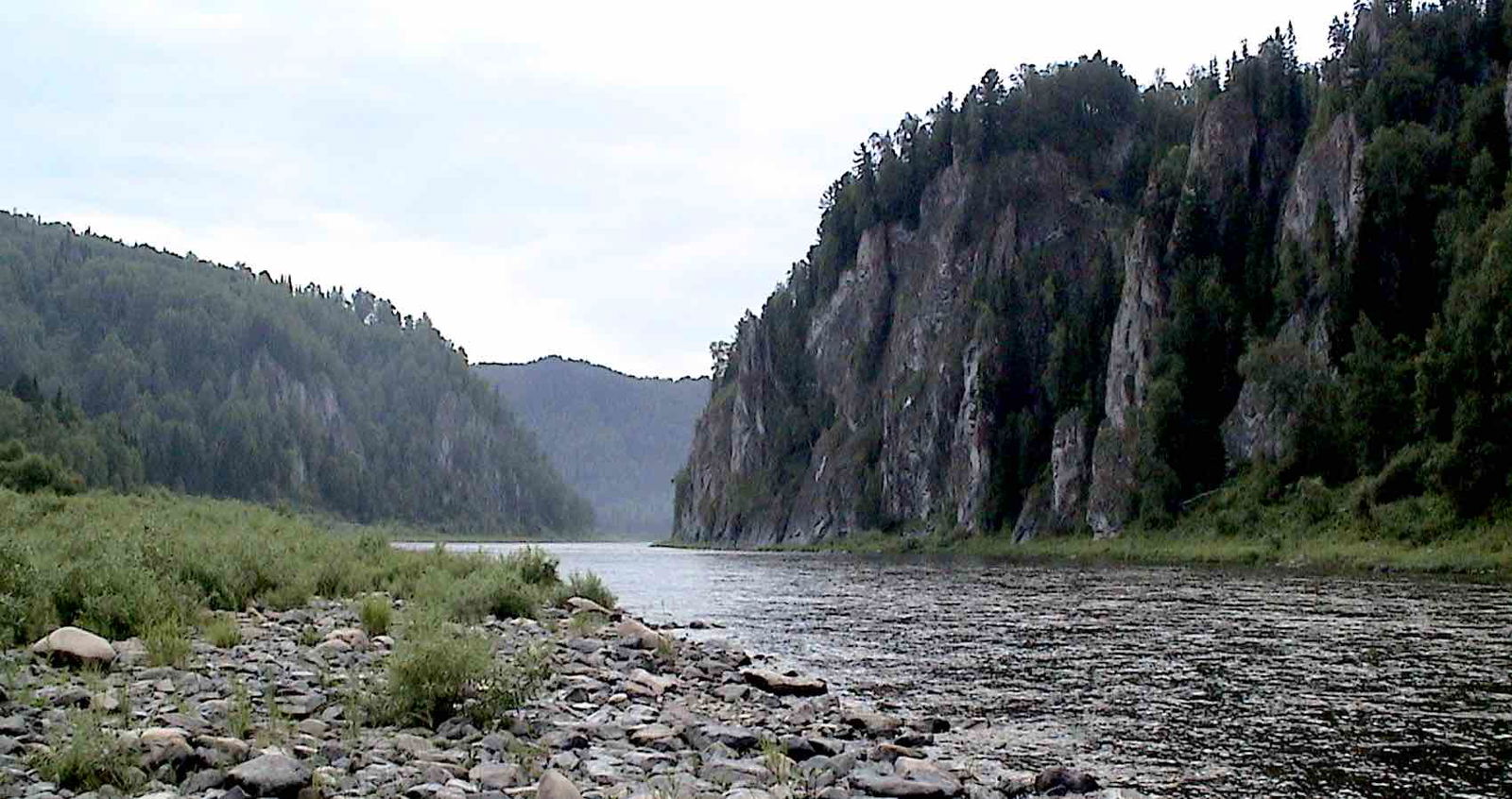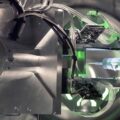The recent discovery of the fossil remains of a partial skeleton in Western Siberia have revealed a new species of dinosaur, shedding light on the evolution and habitat of ancient theropods.
Identified as a variety of ceratosaurs dating to the Early Cretaceous period, the species is part of the first major group of theropod dinosaurs, which achieved global distribution during the Late Jurassic, continuing to thrive during the Cretaceous.
The newly discovered variety is recognized as the first ceratosaur from the Early Cretaceous that has been found in Asia, which paleontologists say could offer significant insights into the evolution and ecological dynamics of these ancient species.
The species is reported in a new paper by Alexander O. Averianov and colleagues that recently appeared in Proceedings of the Royal Society B.


Although ceratosauria were eventually displaced from northern continents by other theropod groups, they underwent secondary radiation in Gondwanan landmasses during the Cretaceous, which helped them become some of the period’s preeminent predators. This radiation lasted until the end of the Cretaceous.
The most diverse clade of ceratosaurs, known as Abelisauroidea, thrived mostly in Europe, where it arrived resulting from what paleontologists believe to have been secondary dispersals into the region. By comparison, ceratosaurs were not known in Asia after the Late Jurassic until the discovery of a new noasaurid taxon, Kiyacursor longipes, from the Early Cretaceous Ilek Formation in Western Siberia, Russia.
This new noasaurid, close to 40 million years younger than the previously youngest record of ceratosaurs in Asia, was believed to be unique in a variety of ways. A medium-sized theropod with an estimated body length of 2.5 meters, the discovery of the dinosaur’s partial remains revealed distinctive features that contrasted sharply with its ancient relatives, which included Elaphrosaurus and Limusaurus.
The new ceratosaur also has a uniquely shaped humerus and a globular head, among other unique identifiers. These features, paired with the absence of traits found in other noasaurids, point to the evolutionary adaptations and ecological roles of the new species.
The Siberian specimen was probably young, based on skeletal immaturities revealed during analysis of the partial remains. The discovery of Kiyacursor longipes underscores the remarkable evolutionary stasis of the Late Mesozoic vertebrate assemblages in the region and helps to fill a significant gap in the fossil record of ceratosaurs in Asia.


The discovery also offers potentially crucial insights into the broader patterns of dinosaur evolution and biogeography during the Early Cretaceous, helping to reveal the diverse and dynamic ecosystems that existed in prehistoric Siberia.
The authors of the recent study detailing the discovery write that “the Early Cretaceous biota of the Shestakovo vertebrate assemblage was a real ‘Jurassic Park’, with many relics of Jurassic affinities,” which pointed to the transitions among species that occurred between the Jurassic and Cretaceous periods in Western Siberia, which the team says were essentially smooth “in contrast to the environmental perturbations that occurred in other regions at this time interval.”
Averianov and his colleagues’ new paper, “The last ceratosaur of Asia: a new noasaurid from the Early Cretaceous Great Siberian Refugium,” was published on May 15, 2024.
Micah Hanks is the Editor-in-Chief and Co-Founder of The Debrief. He can be reached by email at micah@thedebrief.org. Follow his work at micahhanks.com and on X: @MicahHanks.

